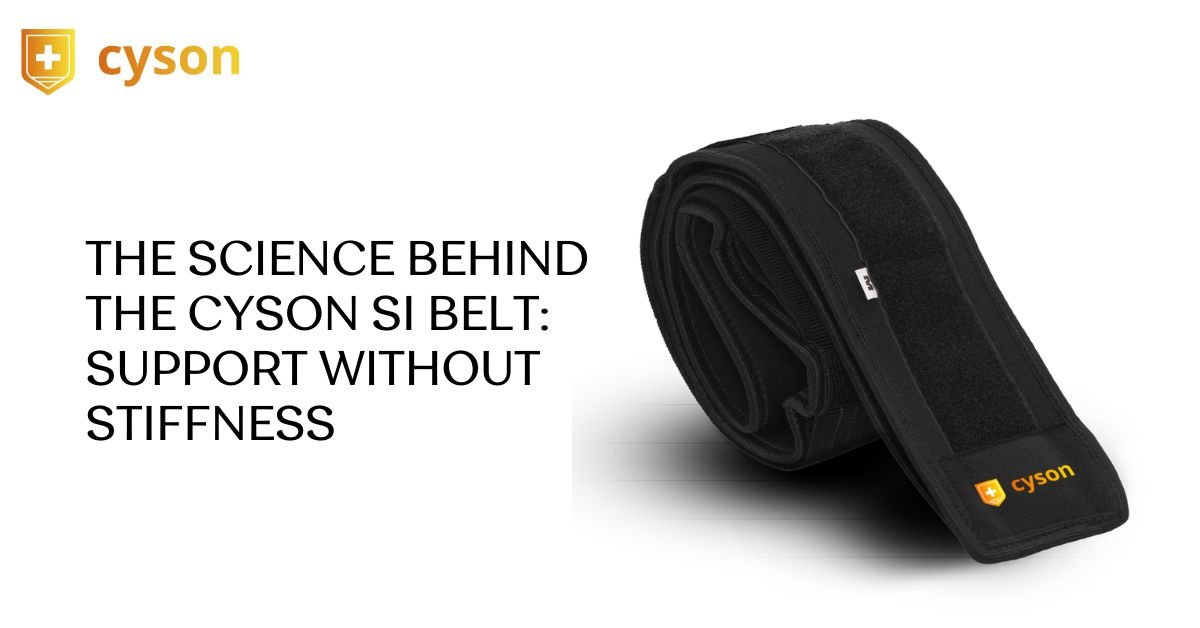What things do you need to know about the Hair Transplant Procedure?
Looking to get a hair transplant but don’t know how it works? Look no further! In this article, we’ll provide you with everything you need to know about the best hair transplant clinic in Delhi, from the basics to the more advanced procedures. We’ll also discuss the risks and potential side effects of hair transplant surgery,
So you can make an informed decision before going under the knife. Ready to get started? Let’s start by learning about hair transplants! Is a hair transplant, however, truly safe and effective? Is it a long-term process, or do unintended tissue changes occur? What you should know is this:
So, what exactly is a hair transplant?
Transplanting hair follicles from any part of the body to a hairless area involves removing them from any part of the body. The most recent techniques are permanent and pickup follicular hair clusters. Follicular Hair Transplantation (FUT) is a procedure that can get done in two ways: strip harvesting and follicular unit extraction (FUE).
- Harvesting in Strips
Strip harvesting involves planting skin strips with good hair growth on balding areas, while extraction of hair clusters with their roots gets manually removed and planted at the hairless site in the follicular unit. Currently, most surgeons are using strip harvesting.
- Extraction of Follicular Units
They can perform FUE in single or multiple locations. It is a time-consuming and handbook process that produces very natural results and leaves no marks. It is a time-consuming process both for the doctor and the patient, and it is not cost-effective. However, the use of robotics has shortened as well as streamlined this process.
- Hair transplantation preparation
Hair follicles from the top of the skull get removed and transplanted to the balding areas in the first step of hair transplant surgery. They trimmed the hair in the donor area before the surgery. They chose a local anesthetic to give after the hair inside the donor area gets trimmed.
- The tissue from the donor area gets removed.
The tissue in the donor area containing the bald resistant hair follicles gets surgically removed, and the donor area gets sutured. They hide the sutures in the donor area beneath the patient’s combed hair. Nearly ten days after the hair transplant surgery, these sutures get removed.
- The bald spot gets prepared.
They prepare the balding recipient area for the surgical process after they gave the patient local anesthesia. Hair at the top of the recipient area does not need to get trimmed or removed. Follicular Unit Grafts get placed in the target volume through tiny incisions made in an irregular pattern.
- Grafts get applied.
The smallest grafts (one and two) get placed in front of the hairline, while three and four (which are denser than one and two) get placed behind. Following the hair transplant surgery, tiny incisions with short hair would be visible in the patient’s operated area. The incision marks fade over time, and the redness in the recipient area fades after a week.
- Time for recovery
Hair transplantation is a non-invasive procedure that is frequently performed as an outpatient procedure. They must protect the scalp from the sun and infections for a few days after surgery before patients can shampoo. We usually prescribe antibiotics for a few days.
Conclusion
Are you considering undergoing a hair transplant procedure? If so, you’ll want to read our blog to learn about direct hair transplant procedures and their associated risks. In addition, we’ve outlined the things you need to know about the procedure itself, such as hair loss doctors in Gurgaon available and the potential side effects. We hope this will help you make an informed decision about whether a hair transplant is right for you. Thanks for reading!














Post Comment